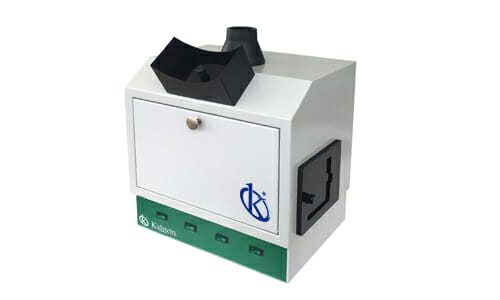The field of scientific research is quite broad and diverse; however, all branches of this vast domain converge on one common point: the laboratory. Any laboratory, regardless of its specialization or level, requires a number of specialized tools and equipment to function effectively. One of these key tools is the transilluminator. Selecting the right transilluminator for your lab is no simple task and deserves careful consideration.
Choosing the right transilluminator for your laboratory is a task that combines the technical understanding of this equipment with the individual needs of your laboratory. By considering the characteristics of the different types of transilluminators, the particular needs of your laboratory and the balance with the available budget, you will be able to make an informed and valuable decision that will make this tool a valuable asset to your laboratory.
Understanding the function and types of transilluminators
First, it is important to have a clear understanding of what a transilluminator is and exactly what its role is in the laboratory. In simple terms, this essential device is a specially designed light source that emits ultraviolet (UV) radiation, or sometimes blue light or white light, depending on the type, used primarily to visualize or photograph nucleic acid gels and proteins stained with fluorescent dyes.
There are three main types of transilluminators: UV light, white light and blue light. Each has its advantages and disadvantages, and their selection will depend on the type of application for which they will be needed in your laboratory.
Determine the type required by the laboratory application.
Defining your lab’s needs is another crucial factor to consider. If the lab is dedicated to the visualization of agarose and polyacrylamide gels containing nucleic acids or proteins, then you will need a UV transilluminator. However, this type of device can damage DNA and those using it if not handled properly.
For labs that want to minimize this damage, the blue light transilluminator is a safer option. It is ideal for viewing samples stained with blue light-sensitive dyes and requires no special protection during use. The white light transilluminator is mainly used to visualize samples on histology and pathology gels. Its advantage lies in its versatility for a variety of dyes.
Consider investment and maintenance
Finally, your budget and your lab’s maintenance capabilities will also play an important role in your decision. Transilluminators are not cheap equipment, and some models can be costly to maintain in terms of bulb replacement and other aspects of care.
We at Kalstein as a laboratory equipment manufacturer, are pleased to offer you high end products, with updated design and advanced technology; know our transilluminators HERE, you will find the YR models that are available for your purchase, we also have a new 3D platform that has unlimited versatilities, present in more than thirty countries worldwide, publish with us without language restrictions, with shipping plans, be seen, you are more.


